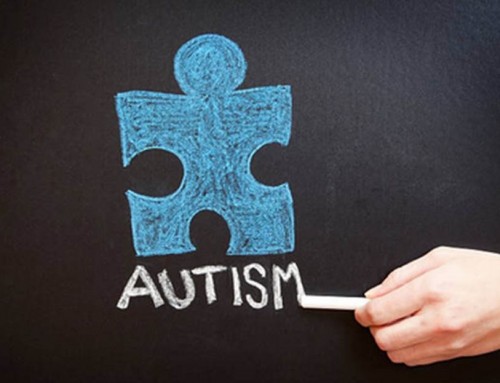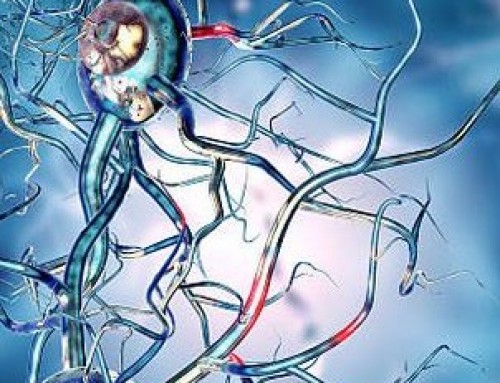 Alberta Children’s Hospital Claims Sickle Cell Cure Using Stem Cell Treatment
Alberta Children’s Hospital Claims Sickle Cell Cure Using Stem Cell Treatment
Sickle cell is a genetic blood disorder that causes blood cells to form crescent shapes resembling sickles. These cells are fragile with a lifespan of 10 – 20 days versus 120 days for healthy red blood cells.
Damaged blood cells have the effect of blocking normal blood flow, cause cells to clump together, and result in bouts of severe pain for patients carrying the disease. Additionally, patients experience anemia due to the short lifecycle for damaged cells.
Traditional Sickle Cell Treatments
Most treatments for sickle cell are focused on pain treatment. Those treatments address inflammation and direct pain relief. Long-term solutions have been historically elusive. The problem is that the disorder is literally in the genes.
Some patients require periodic blood transfusions in order to address problems with anemia.
Doctors have reduced the number of painful episodes (sickle cell crisis episodes) through the use of a medication called hydroxyurea. Hydroxyurea reduces how often these crisis episodes occur as well as reduce the number of required transfusions.
Modern Treatment Options
Stem cell transplants are providing a viable solution for many patients. For now, those transplants represent the only potential cure available.
Stem cells have been so effective in some cases, that a hospital in Canada has declared that they have “cured” patients with the disease.
Dr. Greg Guilcher is an oncologist for Alberta Children’s Hospital. He’s also an assistant professor at the Calgary Cummings School of Medicine.
Dr. Guilcher announced with the university that their treatment has cured several patients with Sickle Cell. This announcement was published in June 2016.
Guilcher describers his team’s approach, “This protocol uses the ‘lightest’ doses of medication — no chemotherapy but immune suppressing drugs only, with a low dose of radiation.”
How it Works
This treatment works by destroying the patient’s immune system. Next, the medical team uses the stem cells to regenerate a healthy system that is now free from the disorder.
As a result of this approach, they have experienced zero instances where the patients rejected the stem cells. They started using the procedure in 2009 – a total 9 patients have been treated. All children are considered cured of the disease.
It’s important to point out that the donors in all of these instances were close relatives with a high level of genetic match.
These results are truly remarkable; but calling a solution for nine individuals a wholesale cure for the 100,000 people currently harboring the disease appears premature. Lastly, researchers need to learn how this can be applied on a much larger scale.





